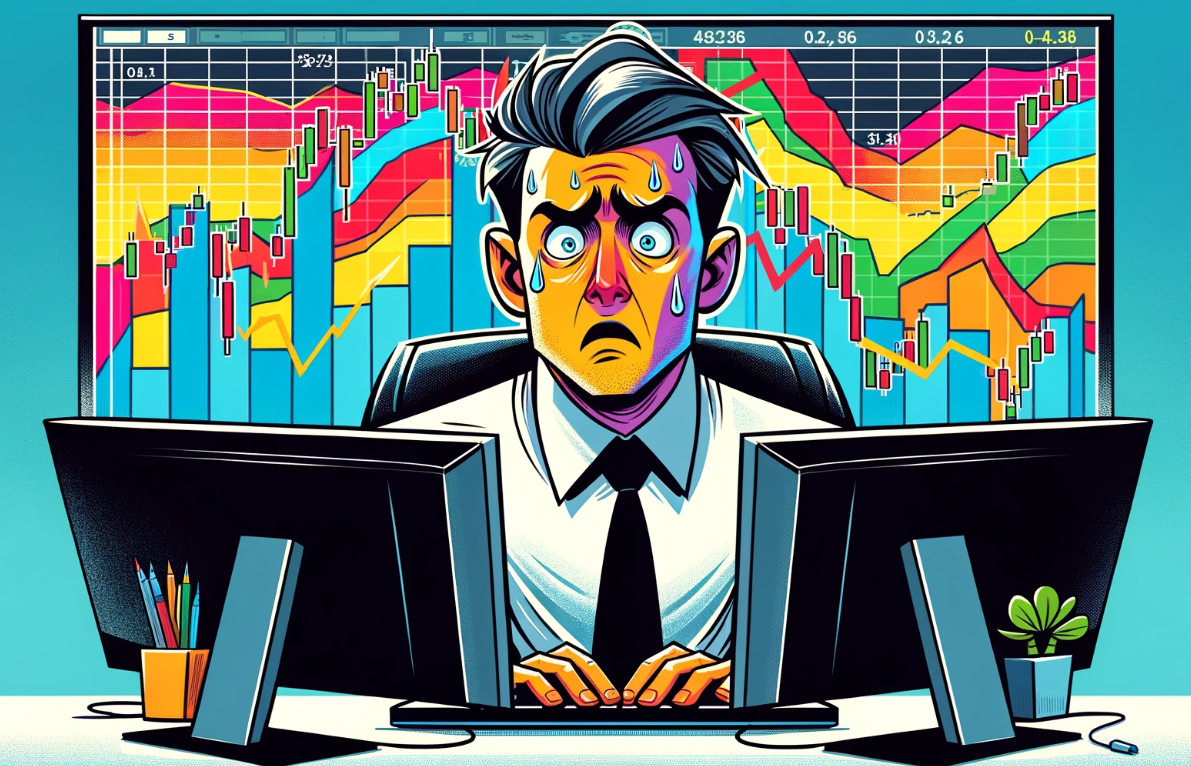In recent years, rising stock valuations, particularly in the tech sector, have raised questions about whether we are approaching another market bubble similar to the 2000 dot-com crash. As history has shown, bubbles can have devastating consequences for investors and the broader economy. But are today’s markets truly echoing the speculative excesses of the early 2000s, or are there critical differences that set the current environment apart?
Let’s explore why some experts are concerned about a potential bubble, the key differences between now and 2000, and what investors should keep in mind.
What Fueled the 2000 Dot-Com Bubble?
The dot-com bubble was primarily driven by unbridled optimism about the potential of internet-based businesses. Companies with little to no revenue, let alone profits, went public at sky-high valuations. Investors, caught in the frenzy, poured money into these startups, hoping for exponential growth.
By 2001, reality set in. Many of these companies could not sustain operations, and their stock prices plummeted. The Nasdaq Composite Index, which had surged over 400% from 1995 to its peak in 2000, lost nearly 78% of its value by October 2002.
Why Are Experts Worried About a New Bubble?
Several trends in today’s market are reminiscent of the dot-com era:
- Sky-High Valuations
Many tech companies are trading at historically high price-to-earnings (P/E) ratios, fueled by optimism around artificial intelligence (AI), cloud computing, and other emerging technologies. - Speculative Investments
The rise of meme stocks, cryptocurrencies, and overhyped IPOs reflects speculative behavior similar to the late 1990s. - Concentration in Big Tech
Market gains are heavily reliant on a few mega-cap companies like Apple, Microsoft, and Nvidia, raising concerns about the broader market’s stability. - Retail Investor Frenzy
Platforms like Robinhood have made investing more accessible, but this has also led to herd behavior and speculative bets by less-experienced investors. - Economic Uncertainty
Rising interest rates and inflationary pressures could test the sustainability of current valuations, as higher borrowing costs often curb growth and risk appetite.
Key Differences Between Now and 2000
While there are reasons for concern, today’s market has several fundamental strengths that distinguish it from the dot-com bubble:
1. Profitable Companies
Unlike the speculative startups of the 2000s, today’s tech giants are profitable and have proven business models. For example, Apple and Microsoft generate billions in annual revenue and maintain strong cash reserves.
2. Broader Technology Integration
In 2000, internet adoption was still in its infancy. Now, technology is deeply integrated into every aspect of life, from e-commerce and cloud computing to AI and automation.
3. Diversified Market Leadership
While big tech dominates, other sectors like energy, healthcare, and financials contribute significantly to market performance, reducing reliance on a single sector.
4. Institutional Investor Influence
Today’s markets are more heavily influenced by institutional investors, which tend to make data-driven decisions, adding stability compared to the retail-driven exuberance of the dot-com era.
5. Mature Technology Ecosystem
Emerging technologies like AI and blockchain have already demonstrated real-world applications, unlike many speculative internet businesses of the 2000s.
How Investors Can Stay Prepared
Whether or not we are in a bubble, prudent investing is essential in any market environment. Here are a few tips to navigate today’s uncertainties:
- Focus on Fundamentals: Invest in companies with strong balance sheets, proven profitability, and sustainable growth.
- Diversify Your Portfolio: Spread your investments across sectors and asset classes to mitigate risk.
- Be Wary of Hype: Avoid chasing trends or speculative investments without understanding the underlying business.
- Monitor Macro Trends: Keep an eye on interest rates, inflation, and geopolitical developments that could impact markets.
Bubble or Sustainable Growth?
While today’s market shares some characteristics with the dot-com bubble, significant differences suggest that the risks may be more contained. Robust earnings, mature business models, and broader technology adoption provide a strong foundation for many companies. However, pockets of speculation and lofty valuations remain concerns.
Investors should remain cautious and focus on long-term strategies rather than short-term gains fueled by hype. By learning from the past, we can navigate the present market with greater confidence and resilience.





